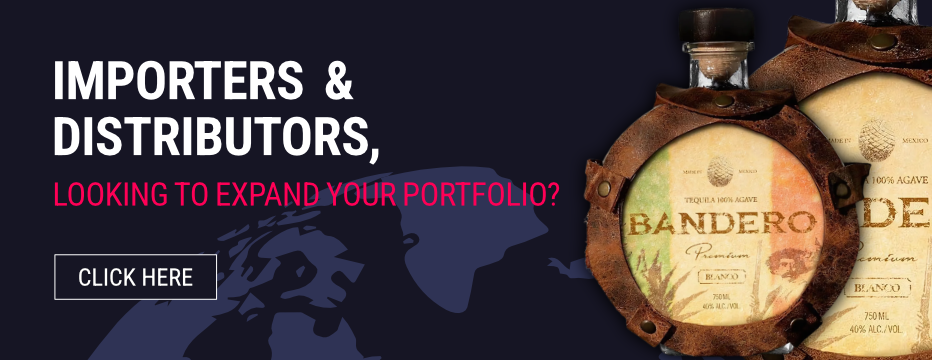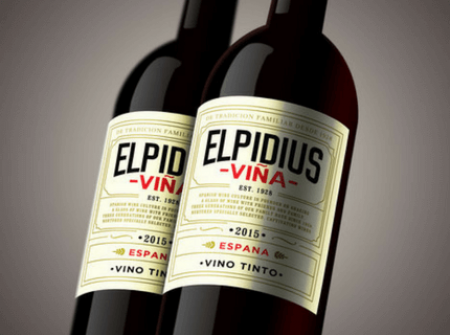Sommeliers Choice Awards 2024 Winners
Riesling, Pinot, and Beyond: How German Wines Are Redefining Their Global Footprint
Steffen Schindler on how Wines of Germany is tapping into new markets while building on its Riesling heritage.
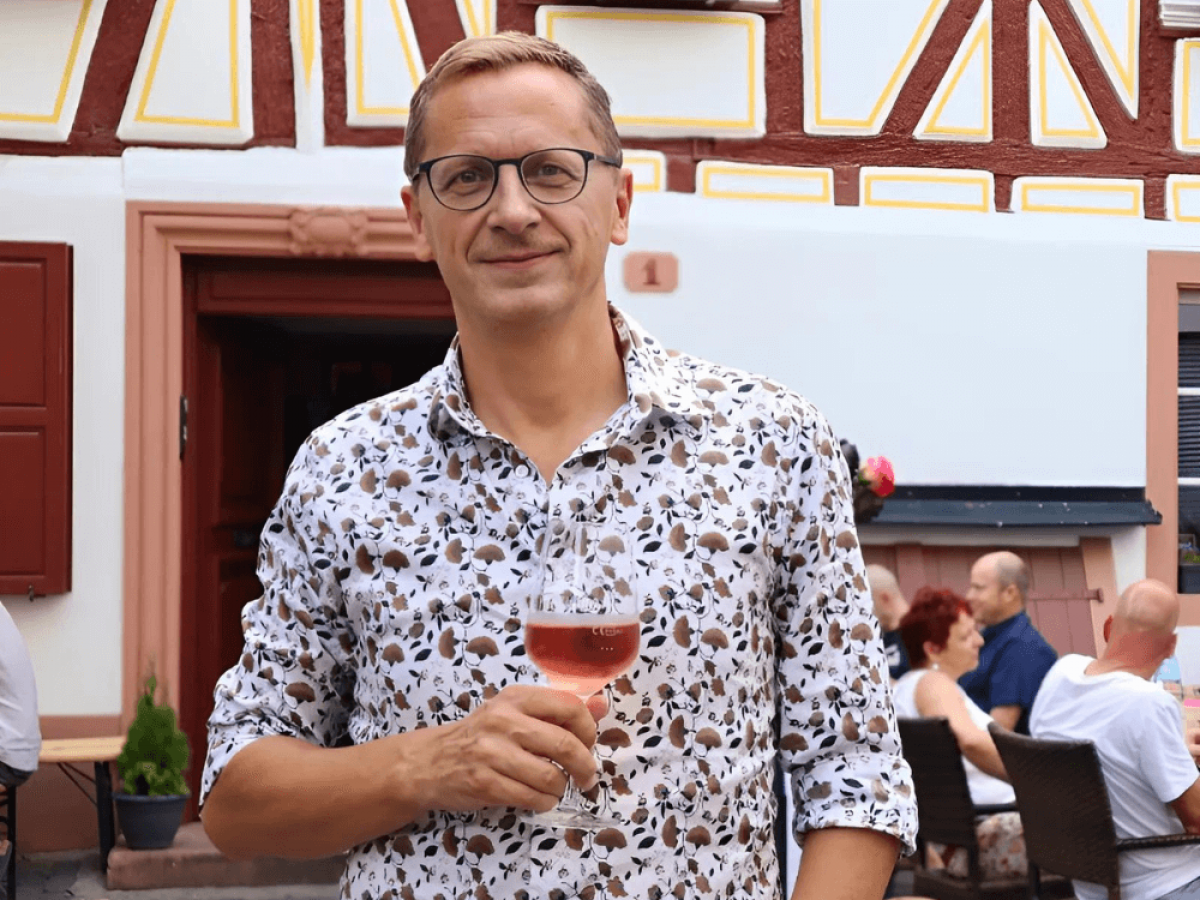
Over the past few decades, Germany’s reputation as a global wine powerhouse has steadily grown, turning a once-regional industry into an international phenomenon. While Riesling remains the crown jewel of German vineyards, an impressive diversification is underway with varieties such as Spätburgunder (Pinot Noir), Weissburgunder (Pinot Blanc), and even lesser-known gems like Silvaner (great for food-pairing!) gaining traction internationally. This deliberate focus on varietal expansion, alongside innovative marketing efforts, has allowed German wines to carve out a significant presence in key markets like the UK, the US, and emerging regions in Asia.
Monika Reule, Director of Wines of Germany, has underscored the importance of such efforts, noting how collaborations with influential figures, such as wine experts like Olly Smith, have helped reshape perceptions. In this interview, Steffen Schindler, Director of Marketing at Wines of Germany reflects on the milestones achieved, the challenges of competing on the international stage, and the exciting potential for German wines in markets across the world.
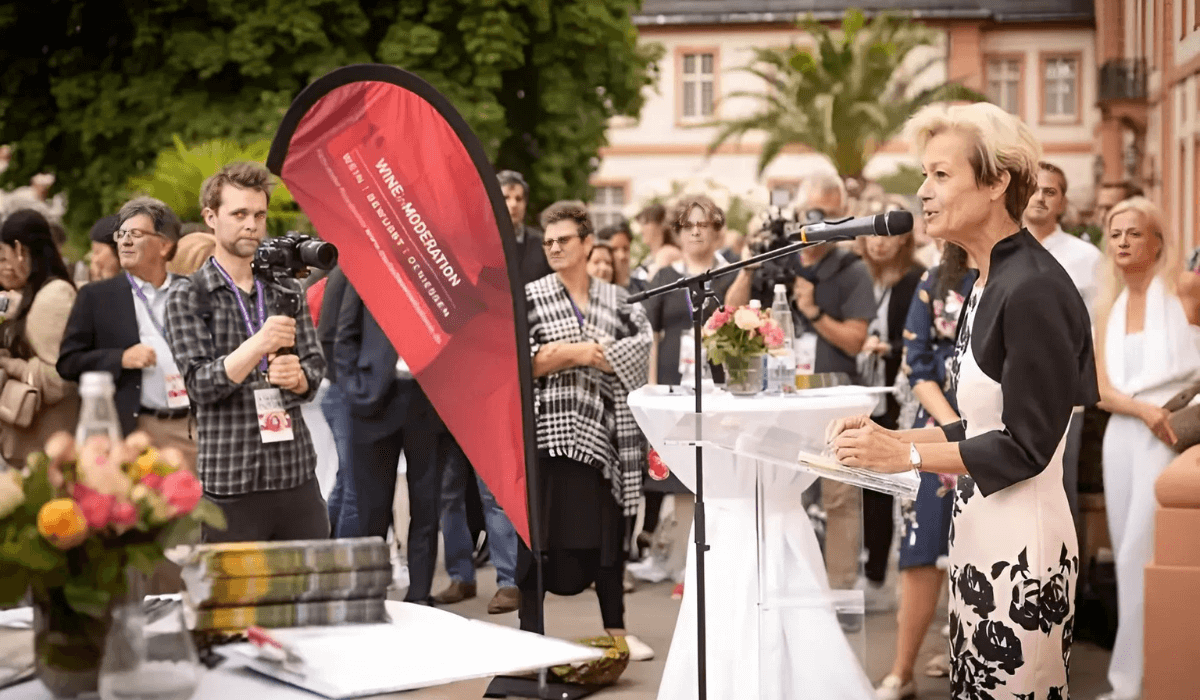
Image: Monika Reule at the IMW Symposium: Source: Wines of Germany
Over the years, German wines have achieved remarkable media reach and global awareness. Could you share some of the most impactful strategies that have contributed to this success? What challenges did you face in positioning German wines against such strong competition internationally?
Considering that Germany is a comparatively small wine-growing country and taking into account our small financial resources, we are indeed very happy with the amazing recognition German wines get today globally. Lack of funding, lack of reach, and a less-than-positive image for German wines, in general, were the main obstacles in the 1990s when our image was a far cry from what it is today. Other challenges we still face today are our language which makes it difficult for foreigners to read our labels, and the images people abroad associate with Germany: beer, football, engineering, lack of humor and fun, a – let’s say – very down-to-earth cuisine, etc. All these associations do not help us to promote a lifestyle product such as wine. Our answer in the 90s was to put forward Riesling as our hallmark grape variety. After all, Germany is the biggest producer of Riesling wines in the world, and the first mention of the word was in a document dated March 13, 1435, in Rüsselsheim, Germany.
So for many years, this was basically our only message: Riesling = Germany = World Class. We put all our efforts in PR and marketing behind our most grown – and best – variety. It took us a few years, and a few hundred media- and trade trips to Germany with thousands of foreign guests, to (re-)convince the wine world that Germany can make outstanding world-class white wines. Since then we have step by step added other categories into our communication: Pinot Noir (“Dreamteam Riesling & Spätburgunder”), Weißburgunder and Grauburgunder (“Pinot Trio”), Sekt (“Germany Sparkles”), etc.
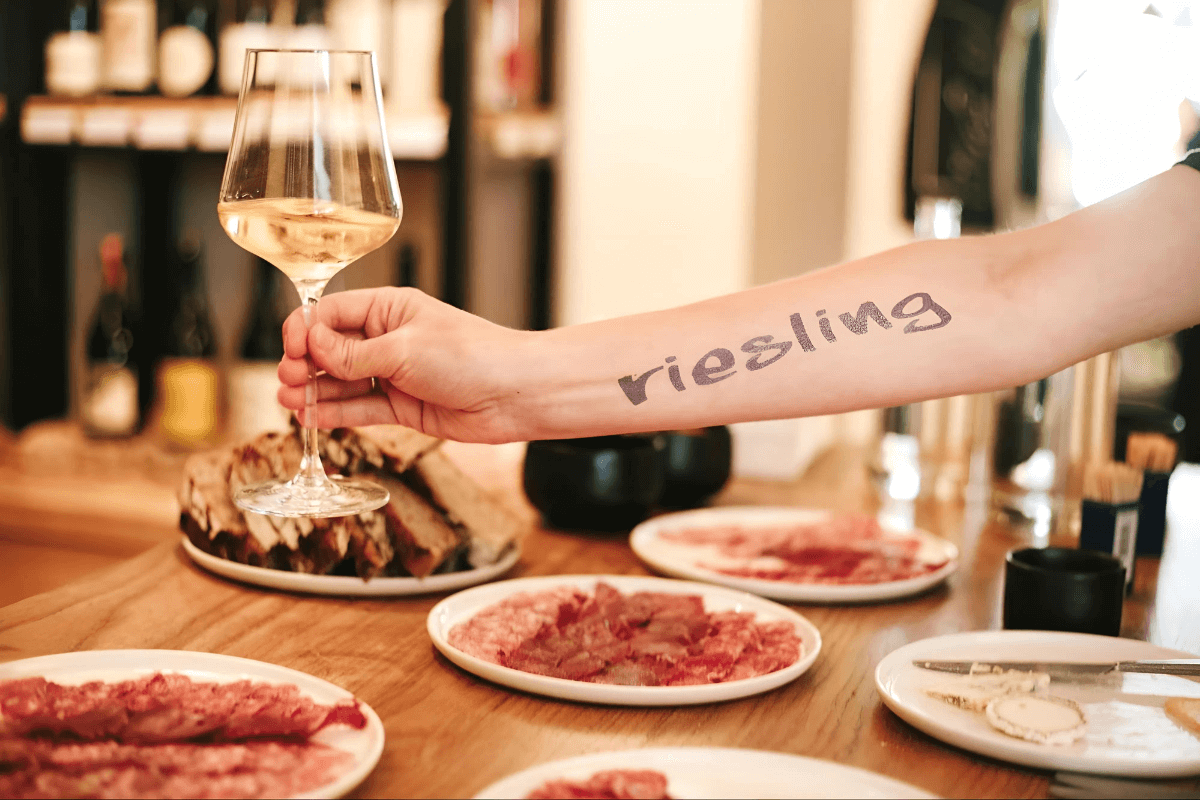
While Riesling and Spätburgunder are often the first names that come to mind when thinking of German wines, lesser-known varieties like Silvaner and Weissburgunder are starting to gain traction. Which of these emerging varieties do you see holding the most potential for redefining the global image of German wine?
I have to come back to our marketing efforts: today, we also talked about “Pinot Paradise Germany”. When you come to our pavilion at ProWein next year e.g., this will be our topic and you will be able to taste about 20 of Germany’s best pinot wines. After all, while Riesling is planted on ca. 24 % of our vineyards, the pinot varieties now cover almost one-third! While Riesling is more of an “intellectual” variety that is loved by wine buffs, Weißburgunder and Grauburgunder have the potential to become everybody’s darlings, especially because they have less acidity than Riesling. Real crowd pleasers. Silvaner is a lot less important than it used to be, but its taste profile is super clear: always dry with herbal aromas. A perfect match for asparagus in particular, and for modern food (vegan, vegetarian…) in general. I personally consider Silvaner the best food-matching wine.
Are there any collaborations that have been particularly influential in promoting German wines in key markets such as the UK or US? What qualities do you seek in these partnerships to ensure they resonate with your target audience?
Wines of Germany (UK) partnered with national macro-influencer, broadcast wine expert, and German Riesling-lover Olly Smith, who shared a range of content to support its 31 Days of German Riesling campaign. The team chose Olly because of his friendly, approachable, and vibrant way of talking about wine, without over-simplifying or making generalisations. We knew that Olly would be able to bring German Riesling to life in a way that would appeal to those with existing wine knowledge, as well as those with less familiarity who were eager to know more – which, in general terms, is German wine’s target consumer audience in the UK. Wines of Germany (UK) worked with Olly to produce Instagram content and a radio segment, making it a cross-channel partnership that reached nearly 300,000 people.
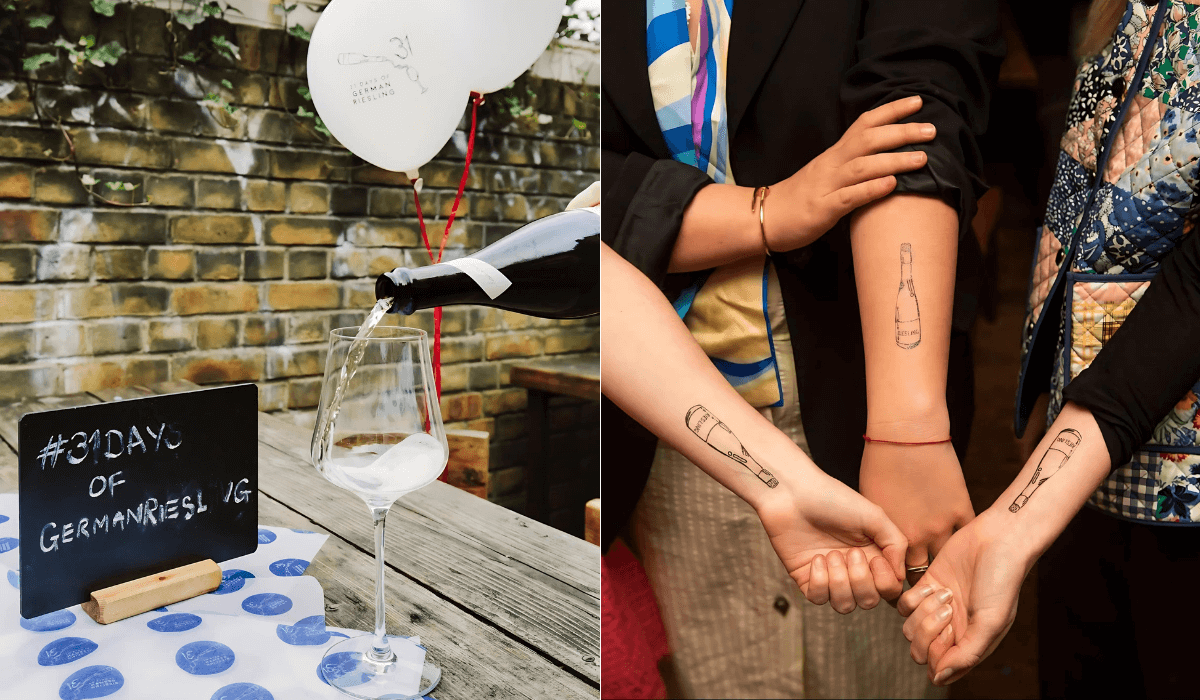
Image: 31 Days of German Riesling Campaign
As German wine continues to expand its presence in markets like the UK and the US, are there other regions, such as Southeast Asia, that you believe hold untapped potential? How is Wines of Germany approaching these newer opportunities?
Of course, we have to look closely at emerging wine markets such as Southeast Asia, Africa, and Latin America because populations and income are growing. But I think it needs a joint effort by all wine-producing countries to develop demand for wine first. This is a big task considering the competition by other beverages with higher marketing spend. And I always try to draw the attention of our producers to smaller markets closer by. After all, Norway with less than six million people (that’s less than half of Greater London, isn’t it?) is the second most important export market for German wine! So why not further develop our sales in countries such as Ireland, the Baltics, Poland, Czechia, etc. first?
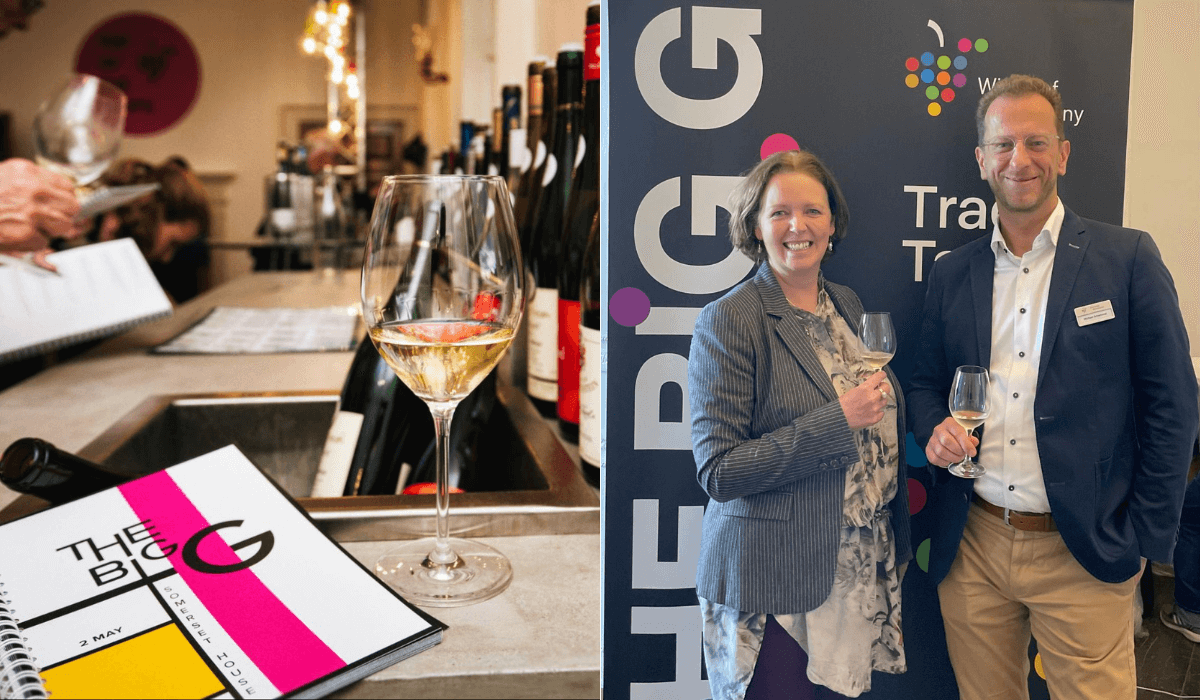
Image: Big G Trade Tasting; On the right - Nicky Forrest and Michael Schemmel (DWI) at The Big G Tasting in London
This year, German wine exports have seen promising growth in markets like China and Japan. What do you think has driven this success, and how do you plan to build on this momentum? Are there any particular markets that you’re keeping a close watch on for future expansion?
At the end of the last century, Japan was one of Germany’s top three foreign wine markets, mainly due to the success of sweeter-style white wines. As these wines fell out of fashion, our exports dropped heavily. Today, we are rebuilding the market on the back of dry style and slightly off-dry whites which pair super well with Japanese cuisine. China is a real success story for us: our Riesling strategy has paid off and today, Riesling is the best-known white variety there! Our team in Shanghai has done a great job is promoting our wines to a young, urban, and mainly female audience. While wine consumption in China is in steady decline, we could even increase our exports! And if you had a little bit of budget left for us, we would certainly start working in Korea and Taiwan, too. But alas….
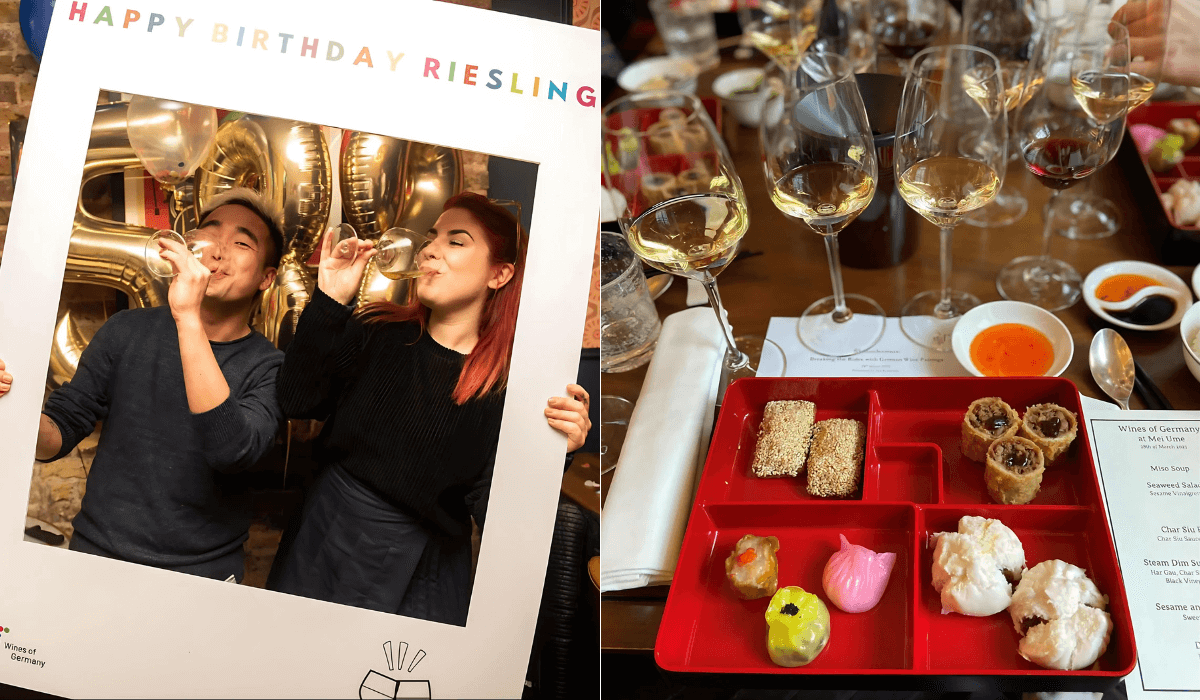
Image: Japanese cuisine paired with German Riesling
How are German wine producers leading the way in sustainability? Could you highlight any innovative sustainability initiatives that have had a significant impact both locally and globally?
One of Germany’s major contributions to sustainability in recent years is certainly the breeding of many new and highly competitive hybrid varieties which we call PIWIs (I spare you the German origin of this abbreviation). Competitive, because they are almost fungus-resistant, thus saving huge amounts of chemical treatments, CO2, and working hours (aka money). And yielding wines with a very modern and attractive aroma profile such as Cabernet Blanc or Souvignier Gris. Today, about three percent of our vineyards are planted with PIWIs, but it won’t take long until we talk about 10% and more! And we see a lot of interest in these varieties from other countries, including the UK.
With German wines continuing to grow internationally, how important are digital campaigns and storytelling in your overall strategy? What steps are you taking to engage younger generations of wine drinkers, particularly in markets where German wines are just starting to gain recognition?
Let me be frank: in foreign markets, our budgets are so small that it is almost impossible for us to reach younger audiences directly through advertising or consumer events. We have to concentrate our activities on the media and trade “only”, thus reaching out to the consumer via these gatekeepers. Having said that, of course, we constantly try to modernize and reinvent German wines. By far our most impactful measure at home and abroad is our Generation Riesling initiative. Founded in 2006 in London, it is today the world's biggest organization of young winemakers with more than 540 members. They are our treasure trove, our talent shed, and our future. And they are usually very active on social media, of course, thus reaching a far younger audience than we as an organization.
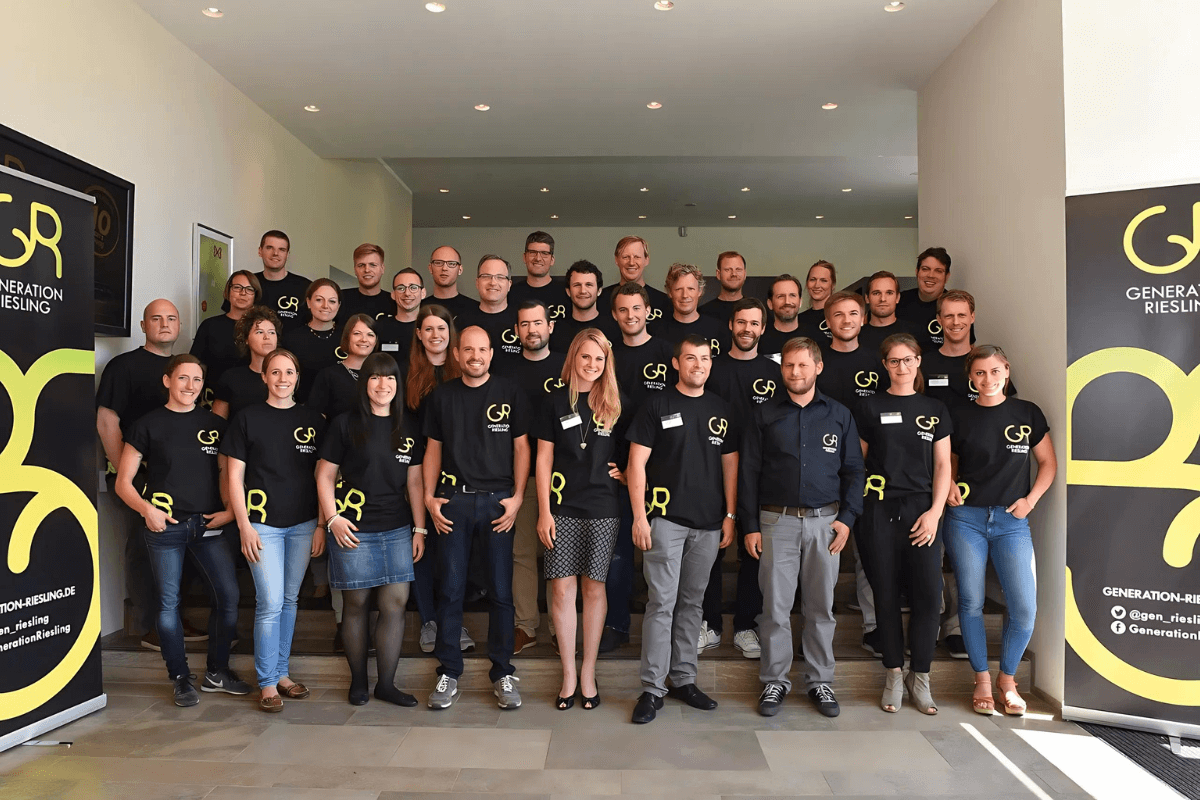
Image: GR 10 Years Young; Source Generation Riesling
What are some major challenges the German wine industry has faced in navigating international wine markets in recent times? How have you been able to overcome these hurdles?
I think we share the challenges with our competitors: inflation, lack of staff, geopolitical tensions, a decline in wine consumption, soaring bureaucracy, global warming, political pressure, etc. Luckily, there is at least one positive aspect I can name: the consumption of white and sparkling wine is increasing worldwide, opening up new opportunities for our producers.
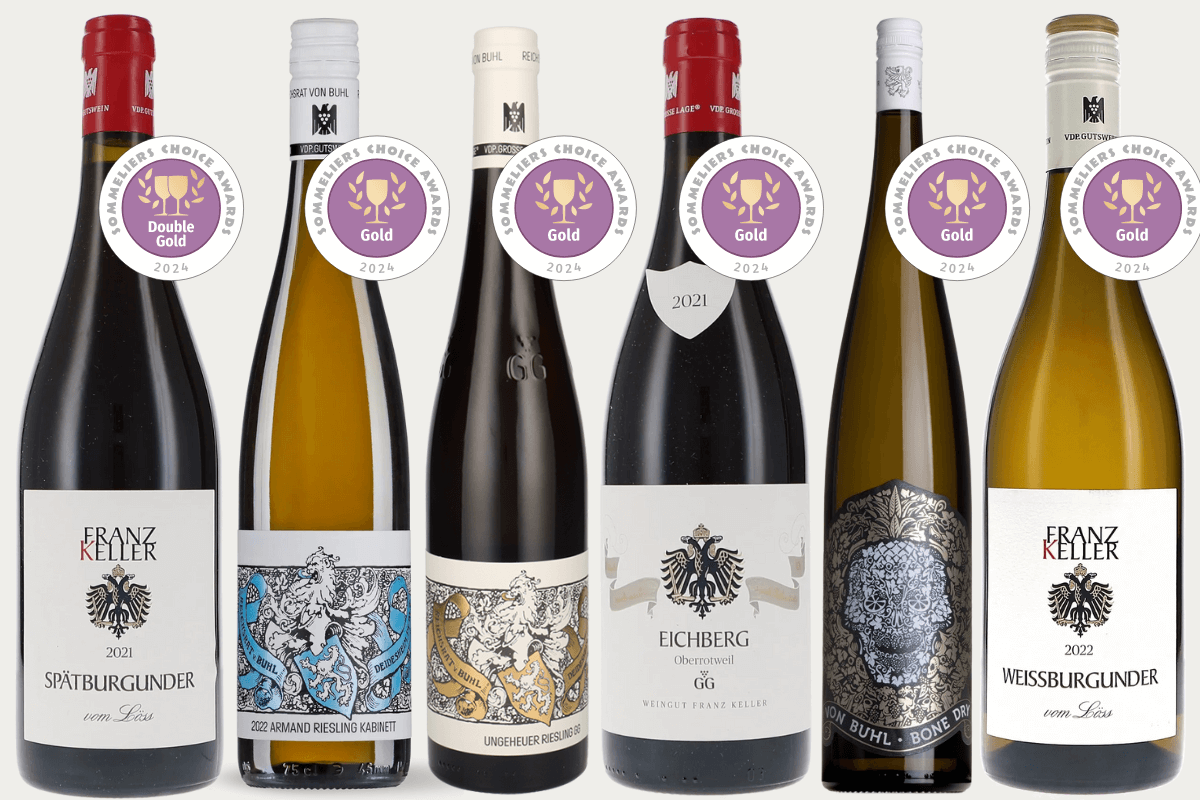
Image: Outstanding wines from Germany that were winners at the 2024 Sommeliers Choice Awards - (L-R) Franz Keller vom Löss Pinot Noir 2021, Armand Riesling Kabinett - VDP.Gutswein 2022, Ungeheuer - VDP.Grosses Gewächs 2021, Franz Keller Oberrotweiler Eichberg GG Pinot Noir 2021; Bone Dry Riesling 2022; Franz Keller vom Löss Pinot Blanc 2022.
German wines garner considerable attention at ProWein and the Riesling Weeks campaign. Could you share some standout moments from these or other upcoming showcases that you’re particularly piqued about? How do these events help to deepen global appreciation for German wines?
I always say the success of ProWein in Düsseldorf has been a huge stroke of luck for the German wine industry. Of course, not every trade guest in Düsseldorf tastes German wine, but most of the visitors do, and even if is “only” in the evening in a restaurant or during a quick trip to our wine regions after the fair. ProWein has definitely been an important factor in the rise of our exports. Our Riesling Weeks campaign in up to 15 countries worldwide has seen an increasing number of participating restaurants, hotels, bars, pubs, and trade outlets. Joining our efforts with the efforts of these highly engaged people has been a real win-win for both, and another “win” for the consumer!
[[relatedPurchasesItems-61]]
Conclusion:
As German wines continue to garner international recognition, it is clear that the country’s strategic efforts, led by figures like Monika Reule and Steffen Schindler are paying off. From Riesling’s global dominance to the increasing popularity of German Pinot varieties, the success of Wines of Germany lies not only in its exceptional quality but also in its ability to adapt, innovate, and expand into new territories.
While challenges such as competition from other wine-producing nations and the need for modernized perceptions still exist, Germany’s wine industry is well-positioned to overcome them. With emerging markets in Southeast Asia and Latin America on the horizon and the ongoing popularity of campaigns like Riesling Weeks, the future for German wines looks promising. Whether through inventive marketing collaborations or a continued focus on sustainability initiatives like PIWI hybrids, Wines of Germany is shaping a dynamic, globally recognized identity that respects its roots while embracing new possibilities.
Header Image - Steffen Schindler; Source - Linkedin
In conversation with Malvika Patel, Editor and VP, Beverage Trade Network
Also Read:
Germany Steals the Show for Best Wine: So Say the Sommeliers
Sommeliers Choice Awards 2025 Welcomes Jesse Becker MS, as Ambassador for Austria and Germany Region
U.S. Wholesale Wine Distribution Today and What Does the Future Promise?





